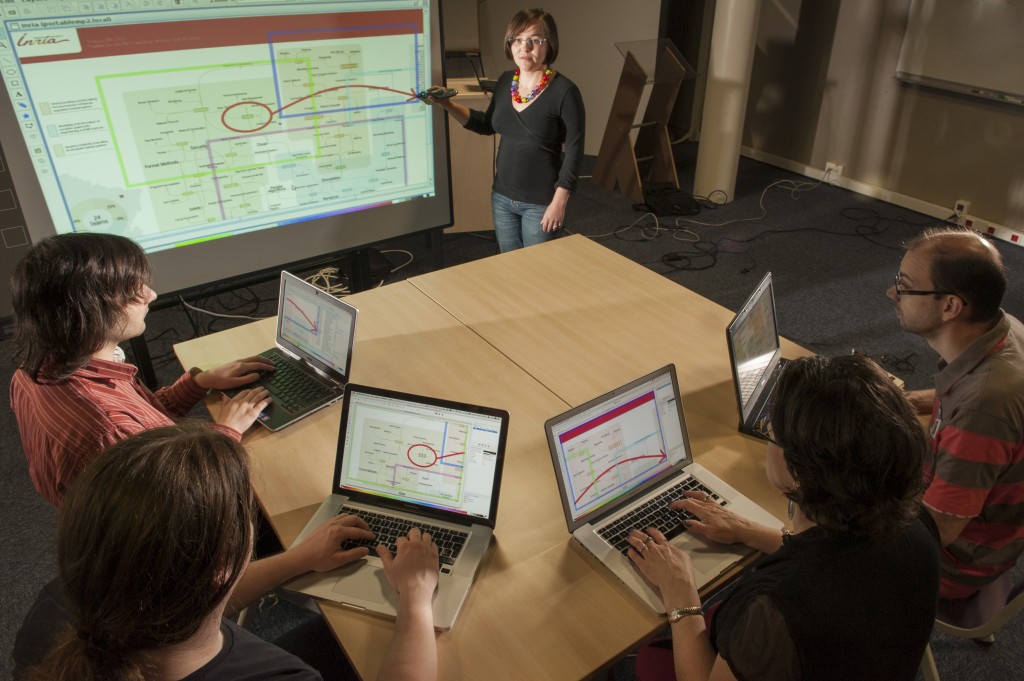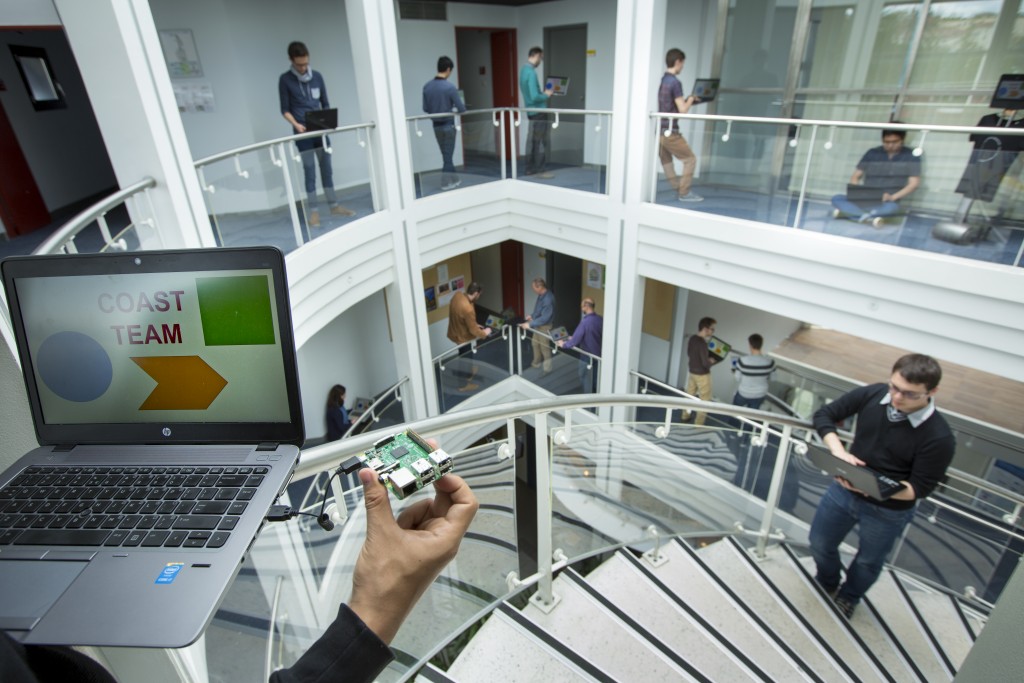The advent of the Cloud, of smart mobile devices and of service-based architecture has opened a field of possibilities as wide as the invention of the Web 20 years ago. With Web 2.0, software companies can deliver applications and services using the web as a platform.
From text to video editing, from data analytics to process management, they can distribute business applications to users on their web browser or on some mobile appliance. These services are mostly human centred and deployed on sophisticated infrastructures that can cope with very high loads. The Software as a Service approach (SaaS) highlights their cooperative nature, by enabling the storage of data in cloud infrastructures that can be easily shared among users.
Thus, clients consume applications through service API (web services), available on delivery platforms, called stores or markets. This approach of the distribution of software outstrips the traditional software distribution channels, in both scale and opportunity. Here, scale concerns the number of users (communities rather than groups), the size of data produced and managed (billions of documents), the number of services and of organizations (tens of thousands). Opportunity refers to the infinite number of combinations between these services.
In this context, we aim at providing support to build trustworthy collaborative applications based on the knowledge from replication algorithms, from the composition of services and from services quality that can be deduced and monitored. The complexity of the context in which applications are executed does not allow to provide proven guarantees.
Our goal is to base our work on a contractual and monitored approach to give to users confidence in the service they use. It is very surprising to see how people rely today on services with very little knowledge about the amount of confidence they can put in these services. As soon as these services are based on composition of other unknown services, it becomes very difficult to understand the consequences of the failure of a component of the composition for instance. Coast research directions are the following
- The management of large scale collaborative data and the support for collaborative application at the scale of the web
- Data centred service composition to support the engineering of safe applications at a large scale
- Trustworthy collaborative Software Systems





1 ping
[…] Presentation […]